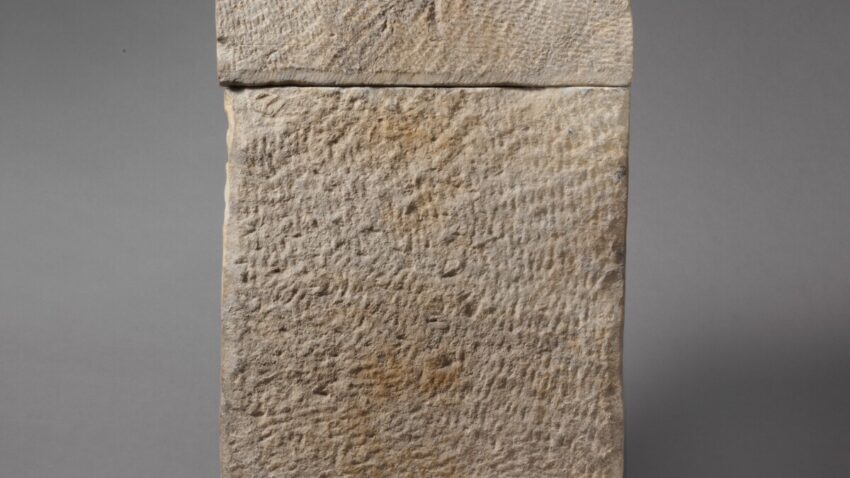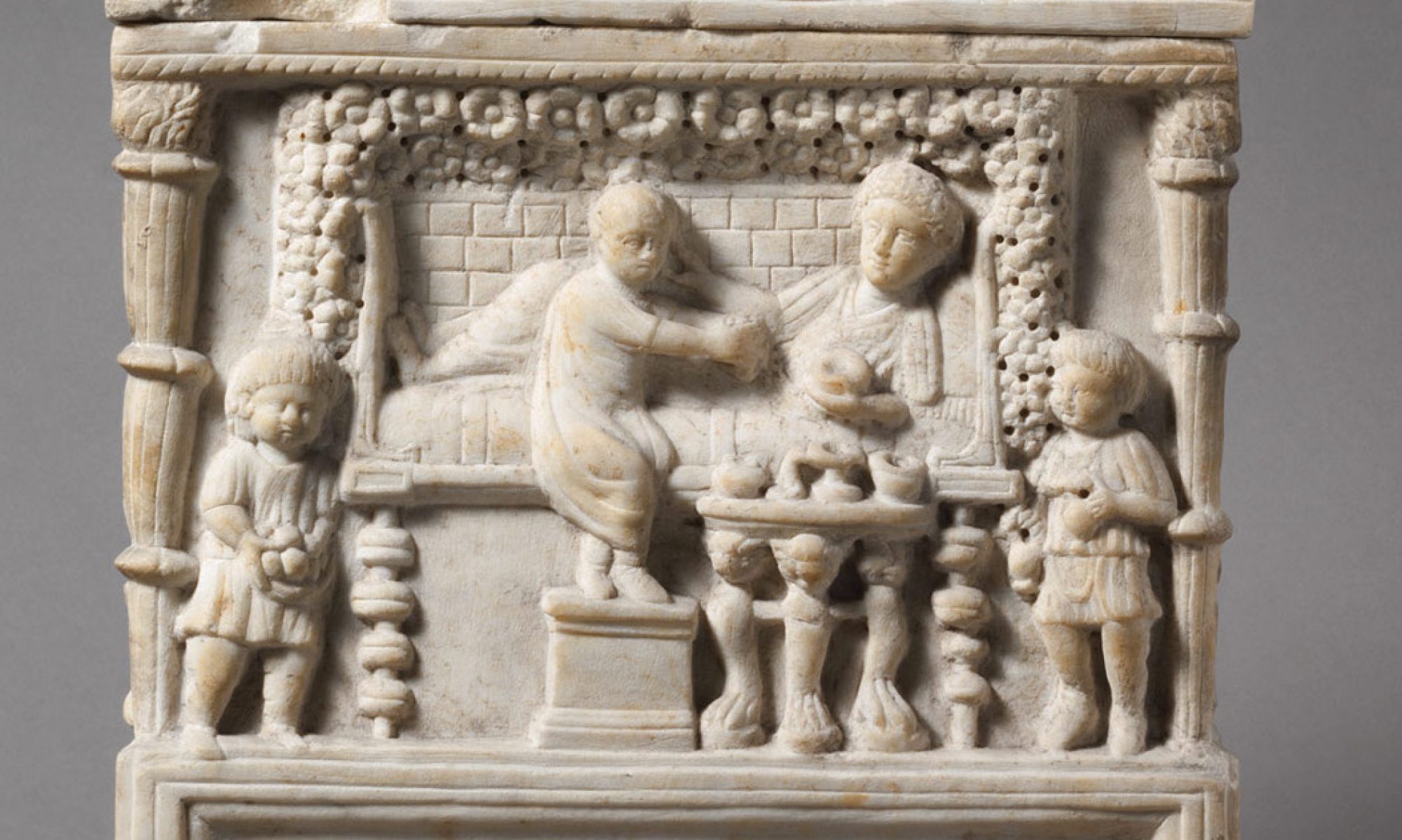<Page in progress>
Manufacturing Processes
Sculpting is a reductive process in which marble must be removed in phases, which necessarily remove or reduce the visibility of tooling throughout the manufacturing process. Certain tool marks nonetheless remain sufficiently traceable or may be deduced in order to reconstruct the different stages used to complete the different types of a marble cinerarium. These different types required multiple different sculpting processes, in this project referred to more uniformly as manufacturing processes. I offer reconstructions for the order in which these sculpting processes occurred in order to produce marble urns of different formats. I base these reconstructions on close technical analysis of the corpus of urns which can be reasonably tied to metropolitan Rome. This technical analysis took into account the tools used, remnants of ancient tool marks, patterns of tooling, as well as factors such as inscriptions, their engravers, and how they worked to produce inscriptions.
It is first necessary to identify the different formats of urns, as each required somewhat different steps or approaches to sculpting.
Larger Altars
Smaller Altar- or Tomb-shaped Chests
Single chests
Round marble cineraria, like those made in other stone, likely required a lathe which permitted steady rotation and constant, even application of a tool to slowly remove marble along a curve.
Double chests
Vases
Vase-shaped urns became highly popular in the baroque and neoclassical periods. Piranesi for example studied, etched, and even produced vase-shaped urns.
Cylinders/baskets
Many urns decorated like baskets
Most rectangular urns show extensive use of the claw tooth chisel, as demonstrated by the cinerarium of Domitius Primigenius from the Metropolitan Museum of Art in New York.

Other Varieties
Sculptors who produced altars, kline monuments, and sarcophagi applied similar strategies.
Those who carved early marble sarcophagi dated to the principate of Trajan show unfinished examples of elements such as torches which preserve preliminary measurements that must also have been developed and used on earlier cineraria.
Ultimately, there is insufficient evidence to assume that urns were mass-produced, despite similarities in the appearances of urns and the approaches sculptors took to make the many different types of cineraria that survive today.
